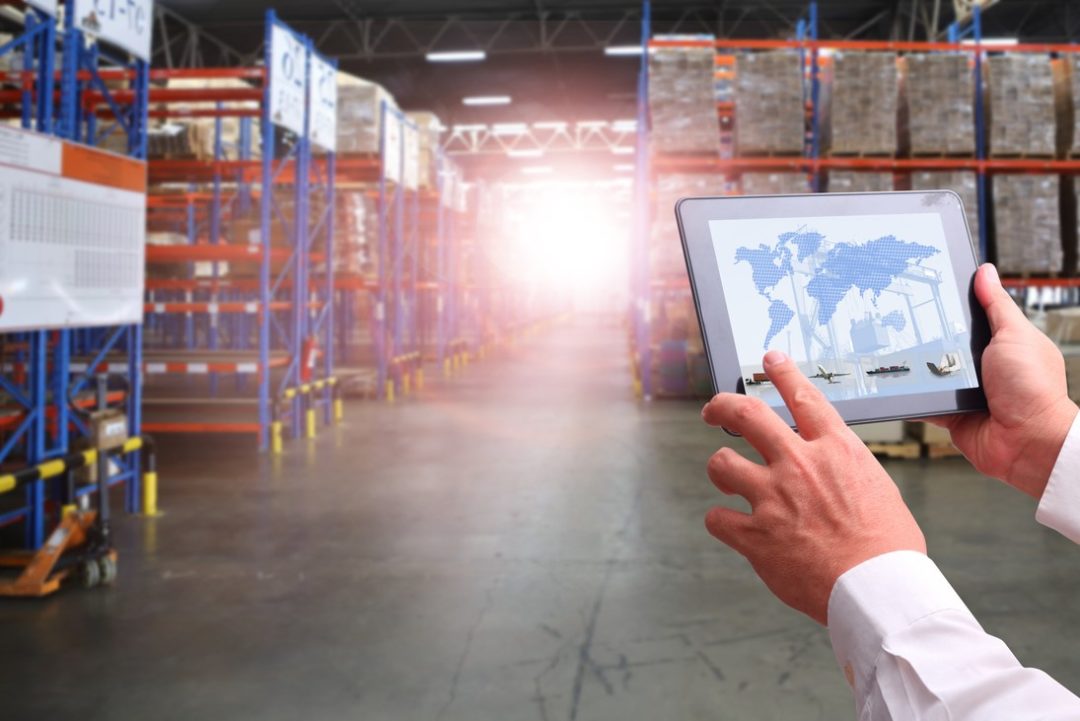
Supply chain visibility is a modern-day industry necessity. It allows for faster shifts in strategy, and helps partners to anticipate your needs. But to be effective, visibility needs to be shared.
Companies encounter three main issues when dealing with supply chain visibility:
- Sharing credible and consistent data across the supply chain;
- Dealing with interruptions caused by changes in demand, markets and weather, and
- Selecting the most useful data as product travels from point to point, through adoption of key performance indicators.
Automation is an essential part of the end-to-end visibility conversation, but success also requires good data. Otherwise, it quickly becomes a matter of “garbage in, garbage out.” Procurement professionals are learning that a dashboard view and honest communication with partners go a lot further than simply having the latest high-tech automation software. Visibility to inventory across divisions, partnerships and departments, based on shared data, paves the way for a viable automation roadmap and aligns with the company’s business strategy.
Following are five steps that companies can take now to ensure supply chain visibility.
Define what it means for your company. Supply chain visibility should be seen as an end-to-end network, from fabrication to delivery, that a company can use to increase brand awareness and customer loyalty. In addition, ti provides the ability to pivot when changes are required, and the foresight to identify problems on the horizon before they become major issues.
Define your network from an operational standpoint. How does increased visibility support employee efforts, and how does it align with customer expectations?
Customers want to pinpoint where their shipments are in transit, as well as estimated arrival time. Suppliers need to provide a clear view of the product, its condition and delivery route and method. In an omnichannel world, customers also want to be able to redirect shipments in real time.
The supplier must define how visible and accessible its products and supply chain will be to each customer. Subscription orders might not require as much focus on visibility, whereas the need to keep tabs on a custom order under a deadline becomes more intensive.
Rely on talent to balance out tech. Hire the right people to run the technology for automating tedious tasks. Human labor skills help to maximize the return on investment from tech spending. Companies might even consider relocating to a market where they can attract the right staff.
More importantly, lean on your third-party logistics provider and other supply chain partners to be your subject-matter experts. They should be designing automation roadmaps that allow for maximum cost efficiencies and creation of a model that makes the most of your technology, labor force and infrastructure.
Manage and measure data. Decide on a clear data strategy, and determine how data will be used. The right data-capture method, paired with management strategy, can influence upsells, help to forecast customer and market activity, and identify kinks in operational processes.
Work with data you can trust, and allows you to make effective decisions. Ask yourself: Where does the data come from? Can I use it to cross-check or support assumptions and other findings?
Be prepared to pivot and scale. A neutral integration platform allows you to scale your business up or down, horizontally or vertically, without adversely affecting the execution of a sale and delivery. Such platforms should also allow you to make adjustments on the fly.
Emphasize partnerships. Partnerships are becoming more important, especially along the supply chain. More companies are leaning on vendors and other partners to provide services outside their primary vertical, or for executing logistics. A trusted partner can help create efficiencies like volume discounts and open book pricing, while in a larger sense improving visibility and overall awareness. Strong partnerships become a secondary defense against issues, providing another set of eyes on each transaction, and improving supply chain visibility both internally and externally.
Joe Oliaro is vice president of sales and chief real estate officer for Wagner Logistics.







